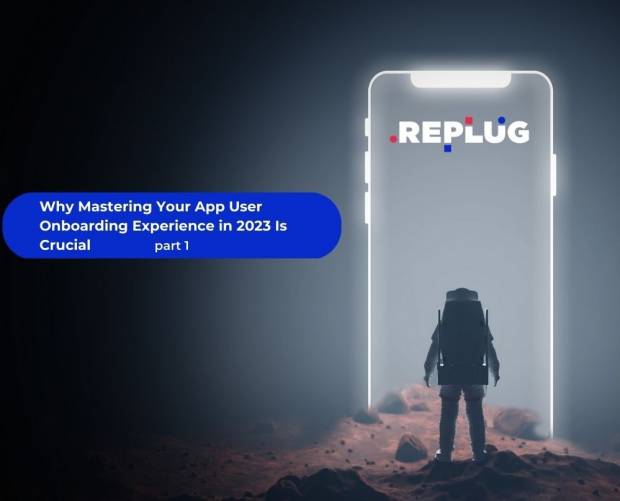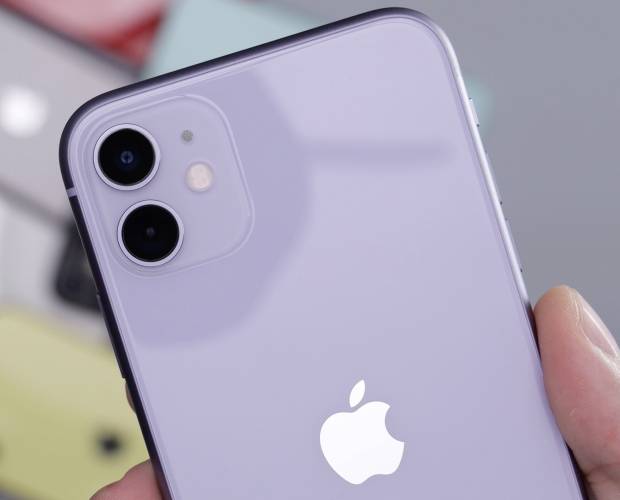Farzana Nasser, technology entrepreneur and co-president of Women in Wireless, a non-profit organisation that champions women in digital, offers advice on successful app marketing.
 The popularity of mobile applications continues to rise with nearly 200bn apps downloaded in the last year, according to Business of Apps. However, according to Localytics, close to 25 per cent of app users are only opening an application once and never returning. In addition, Leanplum reports that 70 per cent of users (including those that stick around after the first use) become dormant over time, leaving marketers with a conundrum of how to get users to stay for the long-term. These metrics have been stagnant over the last few years and have finally caused the wave to turn from a focus on installs to a renewed focus on engagement and retention.
The popularity of mobile applications continues to rise with nearly 200bn apps downloaded in the last year, according to Business of Apps. However, according to Localytics, close to 25 per cent of app users are only opening an application once and never returning. In addition, Leanplum reports that 70 per cent of users (including those that stick around after the first use) become dormant over time, leaving marketers with a conundrum of how to get users to stay for the long-term. These metrics have been stagnant over the last few years and have finally caused the wave to turn from a focus on installs to a renewed focus on engagement and retention.
The business potential of generating valuable users is significant, with mobile app store spending forecasted by App Annie to grow 30 per cent this year to $100bn. Mobile marketers have realized that quality users reign over quantity in the long-term. One of their biggest challenges is to build the internal capability required to turn the wealth of data available to them into actionable strategies for sustainable and monetisable growth. Even the most well intentioned marketer is inundated with making sense of campaign data and utilizing third party data to find the best users for their brand.
Consider the following strategies to start shifting the focus from acquisition to retention and optimising for profitable growth:
Intelligent Targeting
You need to have deep knowledge about your current users to bring in the best users to your mobile app, including understanding their motivations and behavioral characteristics. Segment your current app audience base and identify the “whales”. These are your best users, defined by the metrics you care about most that drive value for your company. Use this data about your current heavy app users to find users who exhibit similar characteristics and are thus more likely to convert.
Go beyond using the characteristics of what you know about them to create personas, and use their device identifiers to create lookalike audiences and identify behavioral characteristics to find similar users beyond the usual geographic and demographic targeting tactics. Oftentimes, the best new users for your mobile app are your current customers from other channels. Instead of a blanket campaign to drive downloads, this knowledge can help you identify who to target, the most effective channel to target and the most appropriate message to focus on. Ensure your messaging is relevant to each user segment and channel you are using. This includes developing creative that is reflective of the app experience and delivering on what you promise in your communication.
Customer Journey-based Communication
The customer journey does not end once you download an app, if anything it has only just begun. A retained user is someone who opens the app at least once in 30 days following the download. Marketers need to think like product people to identify the right apertures for messaging. Be curious about the user experience post-install. Ask yourself the following questions: What is the first thing your user will see once they open a newly-downloaded app? Did they complete this first step? If not, then this is your chance to provide assistance. Do you know at what point in the customer journey you are losing the most users? Consider how product and marketing messaging changes overcome this gap. What does a user need to do in order to become a heavy user? In the early days of Facebook, the social network needed a user to add at least 10 friends – if that threshold was crossed the user was significantly more likely to become a heavy user. Figure out what the tipping point is in your user experience and optimize for that in your marketing strategy.
Post-acquisition Personalised Messaging
Finding the right user, at the right place and the right time with the most relevant message can be challenging. However, personalisation is no longer optional – users expect it, particularly once they have interacted with your brand. Use data to speak to them in a compelling and relevant way and identify the right apertures to upsell, re-target, drive purchase and build loyalty. Retaining a current user is much less costly than acquiring a new user. By analysing your user base and identifying segments who have lapsed or are more likely to churn and re-engaging with them, you can save yourself thousands of dollars in marketing spend.
In-app notifications used intelligently and sparingly were found by the Leanplum study to increase retention by 20 per cent and sending them at the right time drove this number up an additional six per cent. For users that have turned off in-app notifications, email is another great channel to drive ongoing engagement. For the best email experience, ensure you employ deep linking to take users directly into your app to the specific area where they can take action based on your messaging.
Consumers demand and expect personalisation. The most valuable data source, your own first-party user data, is often treated as a second class citizen in the race for attention. Talk to any product person and they live and breathe this data. The opportunity to utilise this gold mine of information for marketing is more relevant today than ever before with the overwhelming amount of information available and fleeting customer attention. Capitalising on this data to drive real business results, beyond vanity growth metrics, will deliver a superior customer experience and solidify a strong relationship with your brand.
















